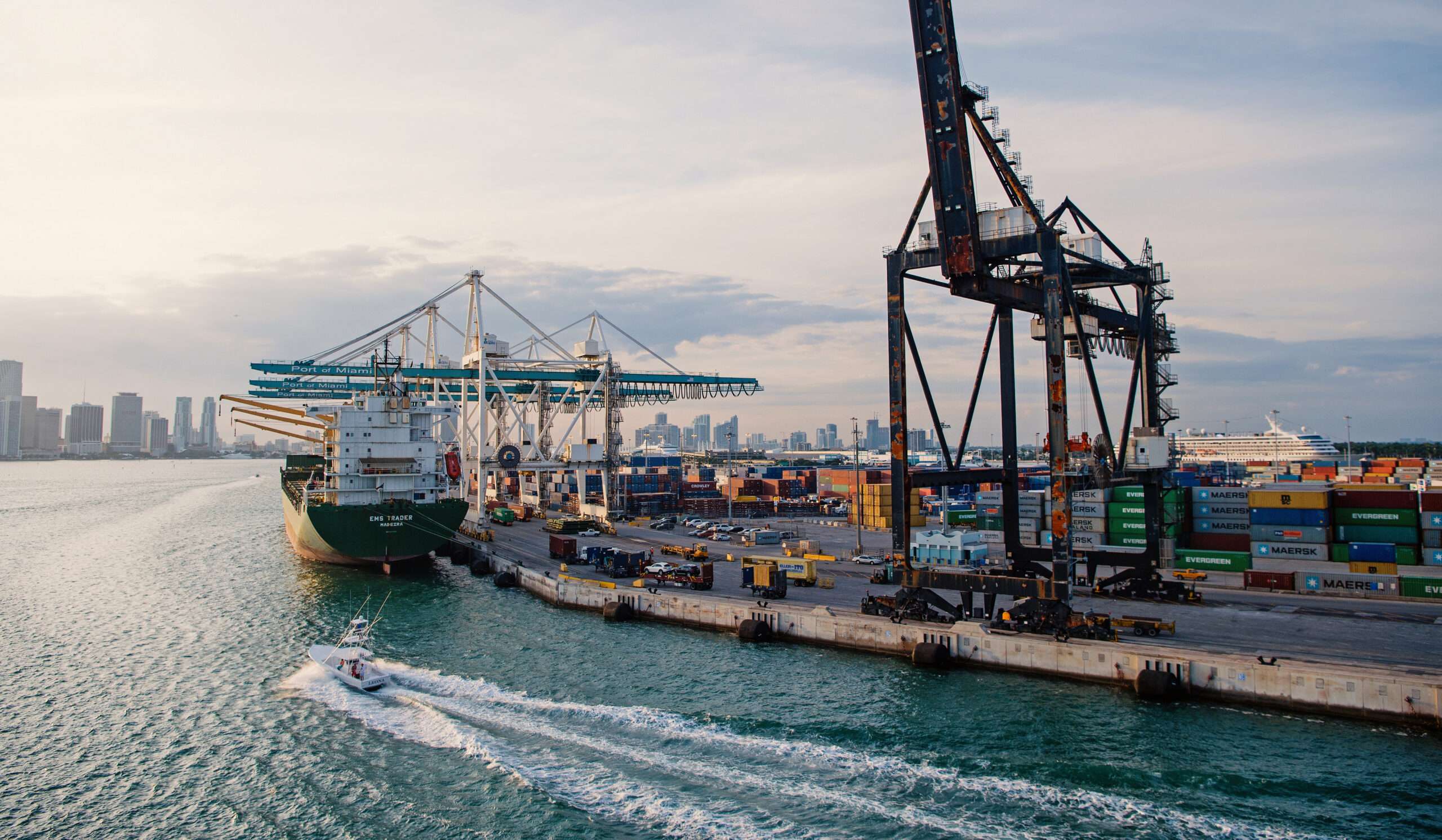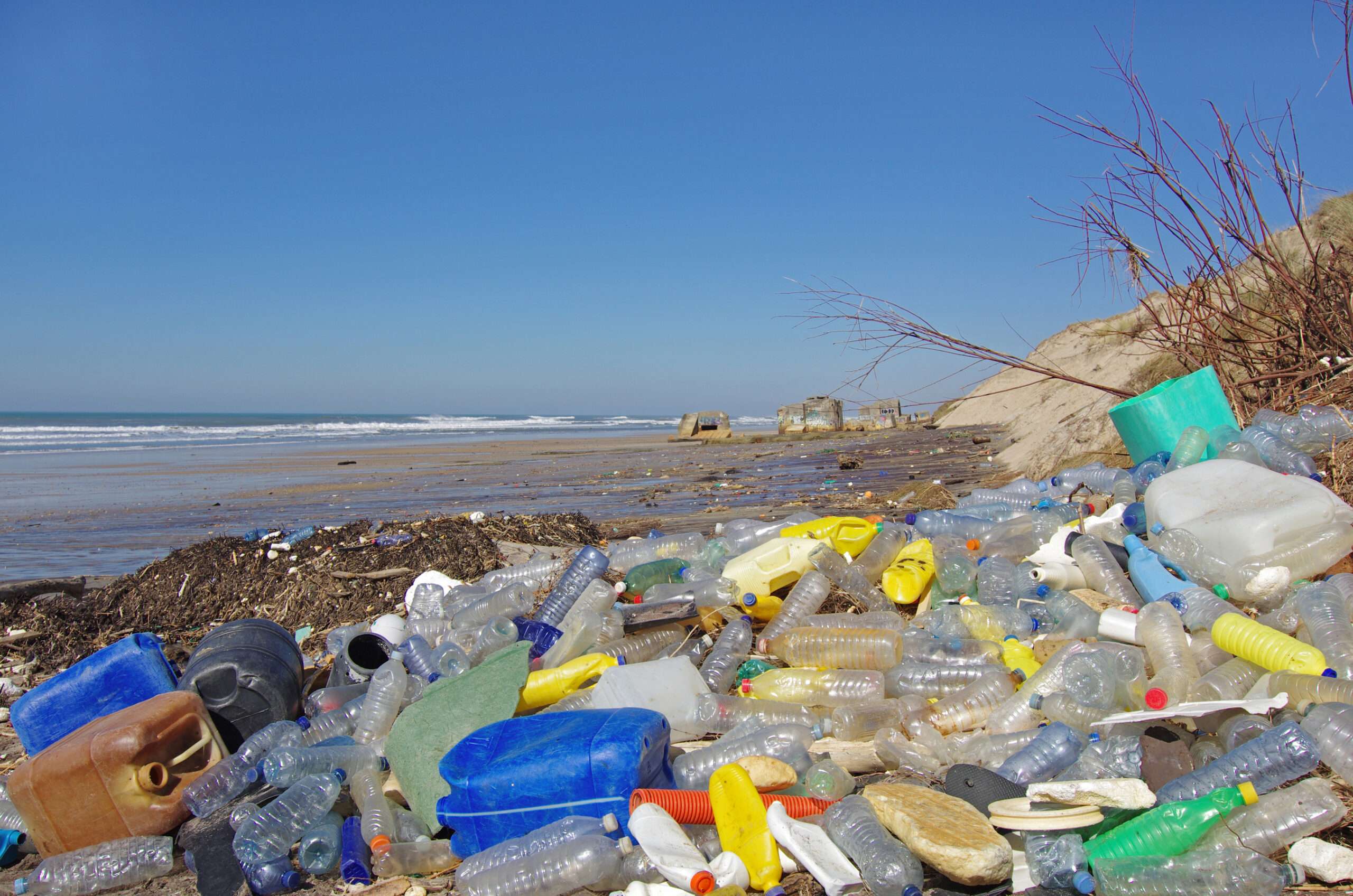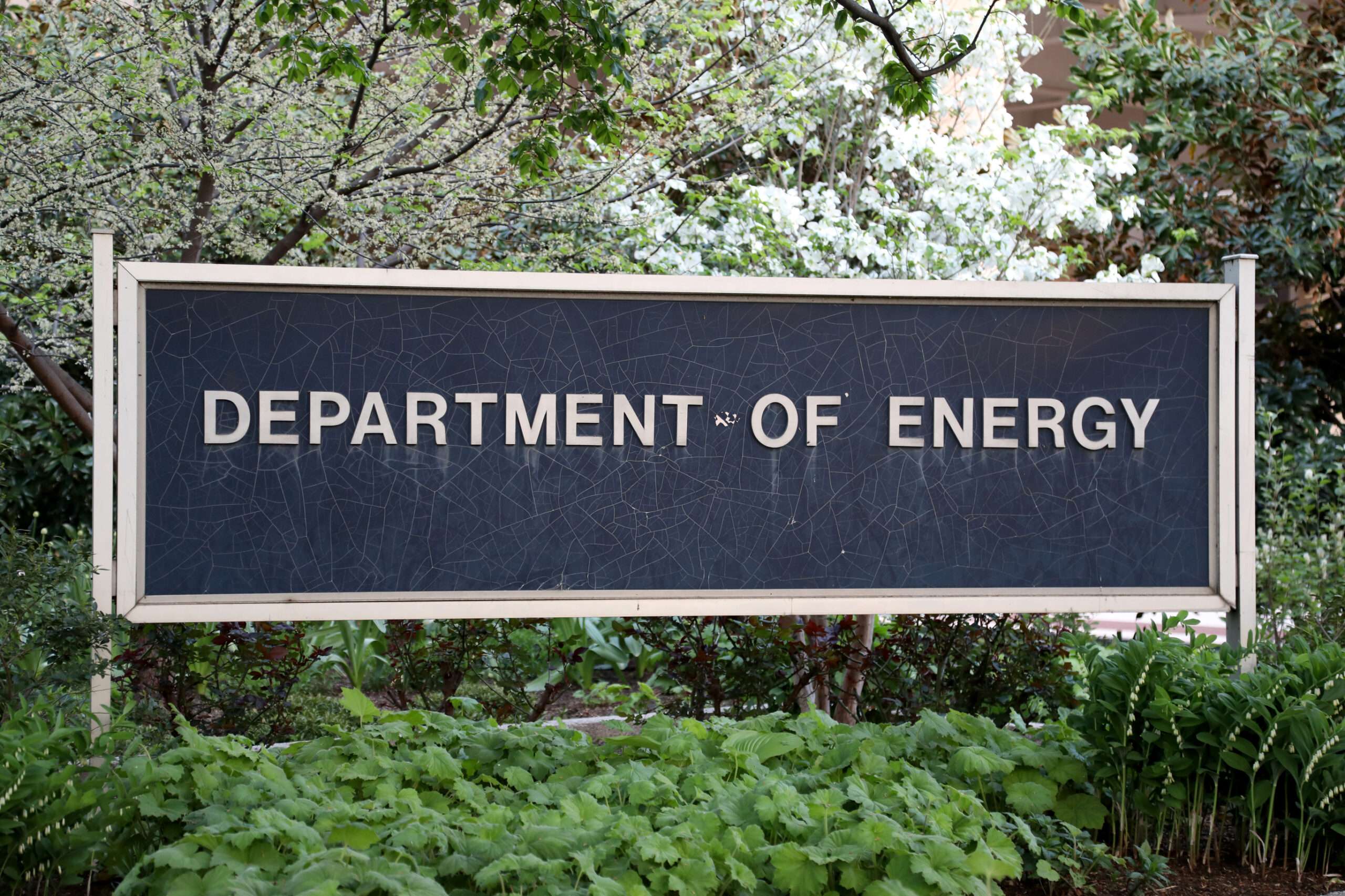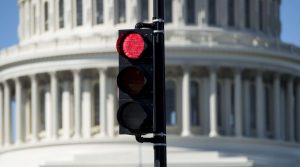To Lower Energy Costs in Puerto Rico, Kamala Harris Should Advocate for Repealing the Jones Act
Vice President Kamala Harris recently announced a plan aimed at enhancing access to reliable and affordable electricity in Puerto Rico, while also fortifying the island’s electrical grid in the face of extreme weather. This proposal emphasizes increasing the size of the federal government through centralized decision-making and extending tax credits for preferred energy sources attributed to Harris. However, a notable omission from the vice president’s plan is the repeal of the Jones Act, a law that has historically elevated energy costs and undermined grid reliability in Puerto Rico. Originally enacted in 1920, the Jones Act mandates that goods transported between U.S. ports must be carried on American-owned vessels with predominantly American crews. Although the act was initially created to protect the U.S. maritime industry, many argue it has instead suppressed competitiveness and led to increased costs for consumers, with Puerto Rico disproportionately suffering the consequences.
The impact of the Jones Act became glaringly evident during past natural disasters, particularly Hurricane Maria in 2017, when the island experienced significant delays in receiving U.S. aid due to the law. Relief efforts were hampered for over a week until a temporary waiver was granted. Similarly, following Hurricane Fiona in 2022, a BP tanker laden with diesel fuel remained stranded offshore until President Biden issued a waiver. These instances underscore how the Jones Act complicates disaster relief logistics, but its detrimental effects do not end there. The act severely constrains Puerto Rico’s ability to secure affordable fossil fuels, which make up 94 percent of its electricity generation, due to the unavailability of compliant liquefied natural gas (LNG) tankers. Consequently, the island has resorted to sourcing a majority of its fossil fuels from international markets, further exacerbating the financial burdens on its citizens.
The significant financial implications of the Jones Act on Puerto Rico are stark. According to research by the Cato Institute, the island effectively incurs an annual tax of $14 million for every dollar per barrel added in costs due to the law. Furthermore, the transportation of propane using Jones Act-compliant barges results in additional expenses ranging from $3 million to $5 million for consumers. In 2018, Puerto Rico sought a 10-year waiver for U.S. LNG but had its application denied, which could have saved the island approximately $800 million. As energy costs soar, Puerto Rico has struggled to rebuild its power grid following hurricanes in a cost-effective manner, resulting in frequent outages and suspended maintenance projects. Their forced outage rate stands at a staggering 30 percent, compared to just 3 percent in Florida, reflecting the urgent need for infrastructure improvements.
Additionally, the Jones Act poses significant barriers to Puerto Rico’s ambitions of transitioning to 100 percent renewable energy. The impediments created by the act have stifled offshore wind energy production across the U.S. For instance, Dominion Energy’s Coastal Virginia Offshore Wind project was initially forced to transport turbine blades from Canada because of the lack of qualified shipping options. In another case, Ørsted canceled two offshore wind projects in New Jersey due to unavailability of compliant vessels. Although Puerto Rico might find ways to circumvent these shipping restrictions by sourcing materials from foreign ports, the underlying limitations imposed by the Jones Act will persistently obstruct its energy goals, particularly in importing affordable LNG that is essential for maintaining a reliable power supply.
While the Jones Act is a significant contributing factor to Puerto Rico’s energy challenges, it is essential to recognize that the island’s government also bears responsibility for these issues. The prevailing corruption and an energy strategy that dismisses market signals, along with the exclusion of nuclear power—which is one of the most reliable energy sources available—complicate the landscape further. The task of rectifying Puerto Rico’s grid is formidable. Harris’ proposal to expand federal government involvement in resolving these issues may inadvertently lead to higher project costs and prolonged timelines for implementation, serving as a barrier to efficient reform.
In conclusion, instead of promoting an increase in the federal government’s role, which could lead to inefficiencies, lawmakers should consider the repeal of regulations like the Jones Act that hinder progress. Unlocking the potential for affordable energy sources and facilitating the island’s transition towards a sustainable energy future must be prioritized. Addressing the systemic issues inherent in energy production and distribution in Puerto Rico will require comprehensive adaptations in policy and infrastructure, as well as a collaborative effort between federal and local governments, while ultimately looking toward more effective regulatory frameworks that do not stifle progress.
Share this content:











Post Comment